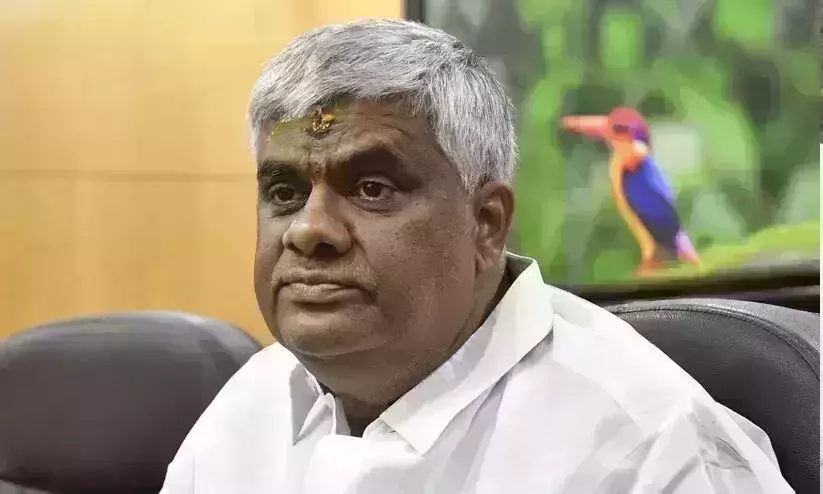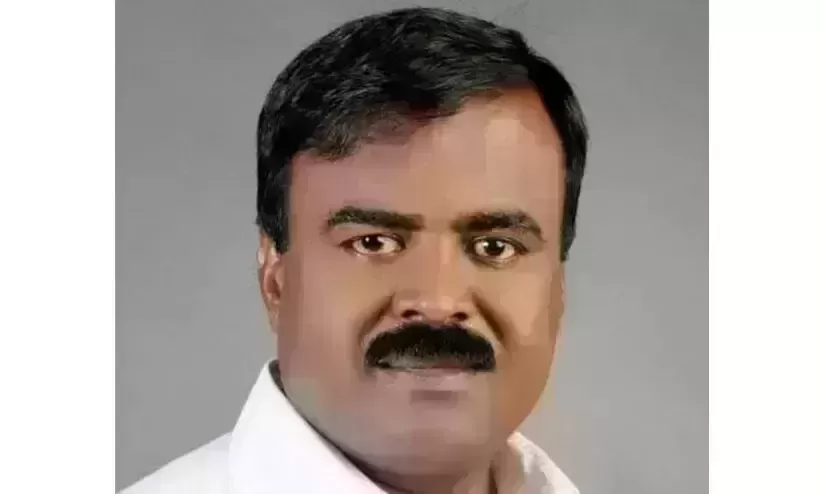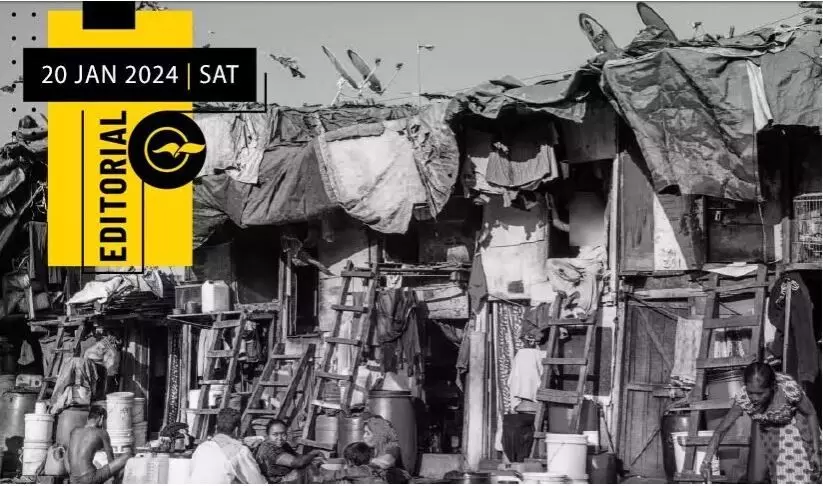
Life or consecration of 'pran'
text_fieldsThe COVID-19 pandemic and subsequent lockdowns in India led to uncertainty in the country, as detailed in a study published by the International Monetary Fund (IMF) in July 2022. Titled 'Poverty and Inequality in India: COVID Impacts and Policy Choices,' the report serves as a follow-up to two surveys conducted in India. It accurately describes how the COVID-19 pandemic pushed India into a deep hole of poverty and inequality. The study begins by stating that although poverty has increased globally during the pandemic, the rate of increase has been much higher in India. The report estimates that employment losses in the informal sector in India's urban centres alone have reached 20%, leaving 7 million people without a source of income. The number of non-agricultural workers and entrepreneurs who lost their income during the first wave of COVID-19 alone exceeded 1.5 million; this number doubled during the second wave. However, the government did not provide adequate support to help people cope with this crisis. As a result, poverty and inequality have increased in India, according to the IMF report. A similar study result was also published by researchers at Azim Premji University earlier. According to this report, the COVID-19 pandemic created an additional 110 million poor people in India.
Even without the two reports mentioned above, it is easy to imagine the challenges faced by people during the Covid period. The spread of COVID-19, the sudden announcement of a lockdown without any prior notice, and the subsequent migration of workers were all unprecedented challenges. What these reports actually reveal is where the country and its people have ended up after those uncertain days. There were already signs of a food crisis. A survey conducted at that time found that 35% of people had reduced their daily meals from three times to two. A study by Jan Sahas, a leading NGO in India, found that 90% of construction workers in the country also had their income stopped during the lockdown. This is how 11 million people fell into poverty. In fact, this crisis existed even before COVID-19; the country recorded the highest unemployment rate in history in 2020. At that time, India, which was ranked 103 in the global poverty index, fell another 10 places after COVID-19, indicating an increase in the number of poor people in the country. However, our governments seem indifferent to these figures and realities, as they are lost in another dream world of concepts. Consider the report released by the NITI Aayog on 'Poverty Alleviation.' According to the report, 24.8 million people have escaped poverty during Modi's eight-and-a-half years of rule. This appears to be a strategy of inflating numbers by setting unprecedented parameters for 'poverty alleviation'.
The government appears to be completely overlooking the country and its people grappling with an acute economic crisis. Instead, it seems to be counteracting by using frenzied nationalism and extremist Hinduism. While citizens are crying out for help amid severe poverty, the government is preoccupied with celebrating the idea of a Hindu nation. Alongside this, there are only hollow declarations asserting that 'everything is fine'. The NITI Aayog's 'Poverty Alleviation' initiative seems to be part of this charade. In reality, a careful reading of the report reveals that India has reversed the achievements of the previous government. The Planning Commission certified that 27 crore people escaped poverty during the Manmohan Singh government, but even after altering the yardsticks, only 24 crore have been brought out of poverty during Modi's tenure. Furthermore, the report entirely sidesteps the economic crisis during the Covid era. It suggests that the Modi government and its economic reform programs, such as demonetization and GST, have actually increased the number of impoverished people in the country. Despite nearly half of the 130 crore people living in poverty, addressing this issue doesn't seem to be a priority in the government's development agenda. Instead, the echoes of extremist nationalist ideas are dominating the discourse. The time for active responses and protests against this perilous approach has arrived.


























